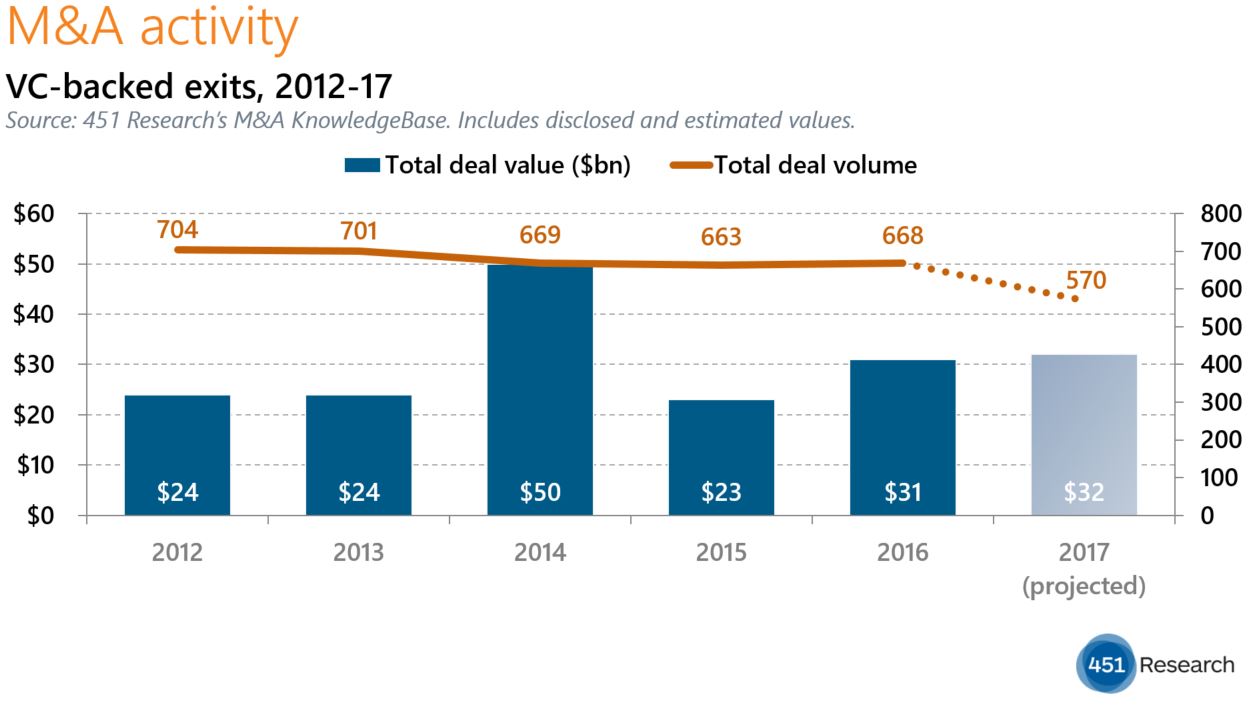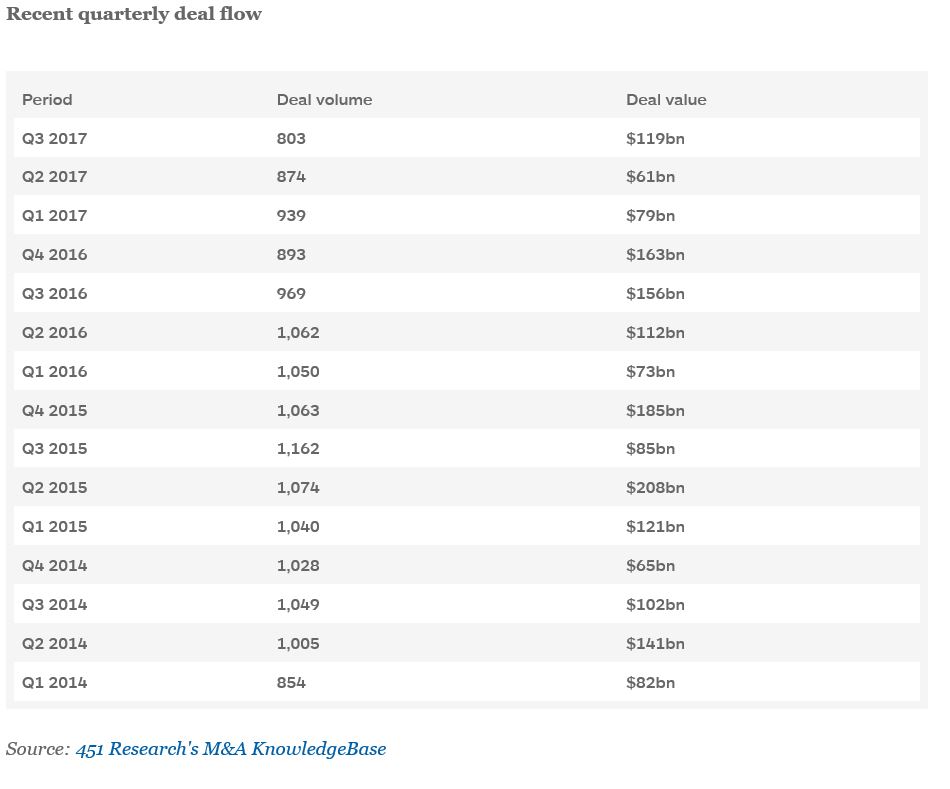Contact: Brenon Daly
In what would be one of the few private equity-backed tech companies to go public, SailPoint Technologies has put in its paperwork for a $100m IPO. The identity and access management (IAM) vendor, which has been owned by buyout shop Thoma Bravo for three years, should debut on Wall Street with a valuation north of $1bn. That is, unless SailPoint gets caught up in the current M&A wave that has seen a number of big buyers pick up identity-related security firms.
SailPoint reported $75m in revenue for the first half of 2017, an increase of 32% over the same period last year. Assuming that pace holds, the Austin, Texas-based company would finish this year with about $175m in sales. Depending on the product, SailPoint sells both licenses and subscriptions to its software. Subscriptions to its cloud-based offering, IdentityNow, are outpacing on-premises software sales, and currently account for some 42% of total revenue. License sales generate 34% of overall revenue, with the remaining 24% coming from services.
Transitioning to more subscription sales will undoubtedly boost SailPoint’s valuation. (Wall Street tends to appreciate the predictability that comes with multiyear subscriptions. In the case of IdentityNow, SailPoint indicated in its prospectus that the standard contract lasts three years.) That’s not to suggest that SailPoint will get the same platinum valuation as a pure SaaS provider such as Okta. That cloud-based IAM vendor, which went public in April, currently commands a $2.75bn market cap, or 11x this year’s sales. Of course, Okta is larger than SailPoint and growing at twice the pace.
Instead, we would look to some of the recent M&A pricing in the active IAM market to inform SailPoint’s valuation. For example, we understand that SecureAuth traded at more than 6x revenue in its sale in September to buyout firm K1 Investment Management. Ping Identity – which, like SailPoint, was in transition from license sales to subscriptions – also sold for about 6x sales last year. SailPoint is substantially larger than either of these fellow IAM firms, and is growing solidly. That should garner it a premium. But even using a conservative valuation multiple of 6x sales gets SailPoint into the land of the unicorns.
For more real-time information on tech M&A, follow us on Twitter @451TechMnA.





